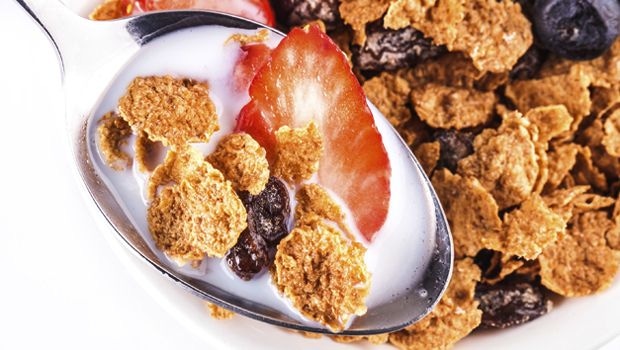Over the years, sugary breakfast cereals have been blamed for an increase in childhood obesity rates, and now in order to create a better-for-you (BFY) RTE breakfast cereals, manufacturers need to reduce less-nutritious ingredients, like sugar and sodium, and swap them out for healthier ingredients like fiber.
January 21, 2015

Despite the ever-changing health and nutrition industry, one thing remains the same—the most important meal of the day is breakfast. Studies prove that breakfast offers various benefits, including improved concentration, better weight control, increased strength and endurance, better heart health and lowering the risk of type 2 diabetes. Busy lifestyles force many people to trade the traditional sit-down breakfast for an “on-the-go" option such as cereal or granola bars. In this case, cereal manufacturers need to offer innovative and nutritious products to suit the eating habits of today’s consumer. According to the 2014 “Cold and Hot Breakfast Cereals in the U.S." report from Packaged Facts, Rockville, Maryland, three in four Americans report regularly eating cereal.
Ready-to-eat (RTE) cereals are one of the most popular breakfast choices, and are also becoming a go-to snack throughout the day. In fact, the global cereal market reached $41 billion in sales in 2013, with RTE cereals gobbling up 69 percent of the market share, followed by cereal bars (21 percent) and hot cereal (10 percent), according to the “Consumer and Innovation Trends in Cereal Products 2014" report from Datamonitor, London. Health and wellness are considered the most important trends influencing the global cereal products category, Datamonitor said. As a result, consumers pay more attention to what is in the products they consume and look for clean-label ingredient claims.
Over the years, sugary breakfast cereals have been blamed for an increase in childhood obesity rates, and now in order to create a better-for-you (BFY) RTE breakfast cereals, manufacturers need to reduce less-nutritious ingredients, like sugar and sodium, and swap them out for healthier ingredients like fiber. Additionally, the RTE cereal category lends itself to fortification with a host of ingredients such as vitamins, minerals, proteins, pre/probiotics and other nutrients. And while fortification is nothing new, 64 percent of regular breakfast eaters consider cereals with added nutrients to be more nutritious, noted Datamonitor.
When making BFY RTE breakfast cereals, it’s important to clearly define the targets at the beginning of the project, including the attributes, ingredients to be featured and/or avoided, and the nutrition and claims goals. The sensory experience and taste are key to a product’s success, and while a natural or organic origin may cause the initial purchase, consumers will not repurchase if the product does not satisfy their expectations.
Cereal manufacturers have an opportunity to change the industry and make cereals more functional by focusing on adding nutrients with functional properties, but without compromising taste. With a little thinking outside of the cereal box, and focusing on today’s consumer’s needs and wants, product developers have the opportunity to create BFY RTE breakfast cereals that will attract more consumers.
For a closer look at how product developers are building BFY breakfast cereals, download the Food Product Design Digital Issue, “Building Better-For-You Breakfast Cereals."
You May Also Like




.png?width=800&auto=webp&quality=80&disable=upscale)